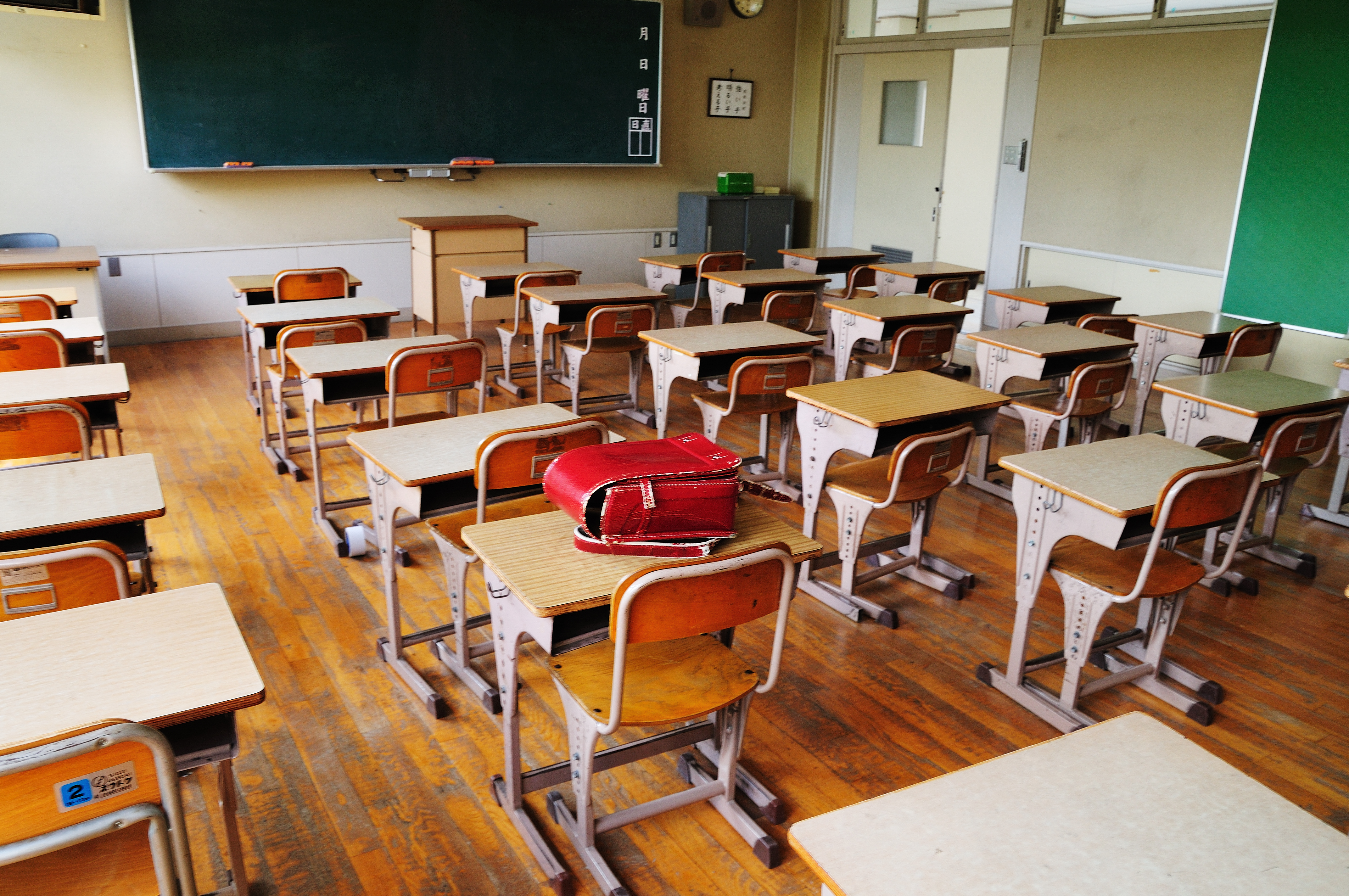We already know the kind of educational system prevailing in India prior to independence. We also know how far it was successful in helping and safeguarding the interest of the People. After independence the educationists in the country Paid attention to the problems of education and effected some changes and improvements.
Keeping in view the shortcomings of the old secondary education, the Secondary Education Commission, popularly known as the Mudaliar Commission, recommended revolutionary changes in the secondary education curriculum. This Commission laid particular emphasis on the opening of multi-purpose schools with different groupings in the curriculum.
The opening of multi-purpose schools is a very important step in view of the present educational set up in the county. Some handicrafts are taught to children at the primary school level, that is, in the Basic Primary schools, children are given training in some basic handicrafts.
ADVERTISEMENTS:
But due to lack of provision for continuing training in handicrafts in higher classes, whatever the student learns in the basic school proves of no help. This naturally means the misuse of basic education.
Therefore, provisions have been made for training in different crafts in multi-purpose schools. Thus the wastage in primary education may be checked and each student may get opportunity to profit by his earlier basic education through the multi-purpose schools.
Students come to secondary schools from different primary or basic schools. There is a vast difference between their tastes, abilities and objectives. Some favour mathematics and science, while others have a liking for literature.
ADVERTISEMENTS:
If some have a liking for learning biology, many other prefer fine arts. Evidently, students have different aptitudes and interests and they want to study subjects accordingly.
Under these conditions it is simply unwise to compel students to pursue a uniform pattern of course of study. This proves harmful to the native faculties of the students and retards their development.
The only course open to educate students of different tastes is to open more multi-purpose schools in order that they may study subjects of their liking and develop their personality all round.
Many children generally reach the age of pre-adolescence by the time they finish their primary education. This age is very crucial from the point of view of their development. Their likings, inclinations and tastes are not very clear at this stage.
ADVERTISEMENTS:
Hence, it is very important to guide them carefully for their future growth. At this stage whereas subjects of their likings and taste accelerate the pace of their development, the subjects forced upon them against their choice retard their natural growth. Therefore, the multi-purpose schools alone can help them to promote their natural development.
Besides, these multi-purpose schools will create love for manual labour in the children. Some people hold the view that technical and arts schools should be opened separately as is the practice in some Western countries like U S.A. etc., which means that instead of multi-purpose schools, two different types of schools should be opened.
But it may be inferred as what would have been the fate of technical and vocational schools in India where since times immemorial mental labour had always been considered superior to manual labour.
Even in some progressive countries like U.S.A. where manual labour is accorded a high place, technical and vocational schools do not enjoy that much of respect which other institutions command. Hence in the development of our country, multi-purpose schools have a vital role to play.

